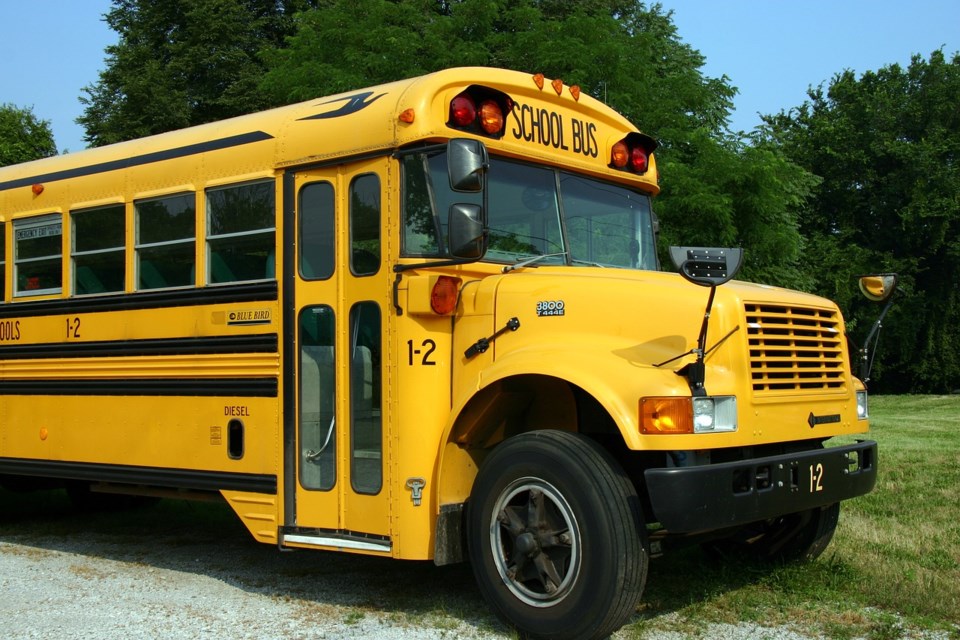After a presentation about installing seatbelts on school buses, the Horizon School Division will be looking towards a upcoming review on the issue by Transport Canada.
The division’s board of education was told at its Nov. 7 meeting Transport Canada, which regulates school buses, was planning to release an update to its child restraint regulations in the fall of 2020.
“I think there’s going to be a lot of discussion and conversation over the next couple of years,” said Jim Hack, the division’s chair. “I think we have to wait to see what Transport Canada has to say, but the safety of our students is paramount and I think if seatbelts are the safest way to do it then that’s exactly what we will do.”
It’s been since the 1980s that the regulator has examined seatbelts on school buses. Back then, they performed tests that had the vehicle hit from the front and back, not the seats. Two-point seat belts were used in those tests, not the modern three-point harnesses. It was determined that designing school buses in such a manner that sections were compartmentalized was safer than installing seat belts.
School buses are still one of the safest modes of transport for students, with 0.02 per cent of road fatalities involving a bus.
The division could buy new school buses with seat belts at an extra cost of $10,000 each, a cost that can be absorbed within a capital plan.
The problem comes with retrofitting existing buses. Only buses made after after 2012 could possibly be eligible for a retrofit, at a cost of $20,000 to $30,000. Yet most manufacturers of seats with belts will not install them on buses, as they became liable for any accidents and there’s no Transport Canada regulation that covers school buses with seat belts.
Other items the division would have to examine include longer wait times from loading and unloading, as well as dealing with the cost of fixing broken seat belts.
“As a school division, we’ll continue to do our due diligence to make sure what happens on our buses is the most effective thing that can be done given the current situation,” said Kevin Garinger, the division’s board of education.
“The worst thing we could be doing is sending kids on the road and it’s not the safest thing for them.”



